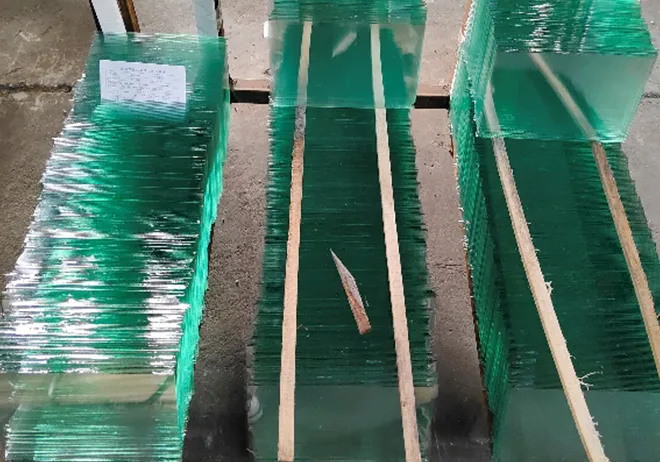10 月 . 19, 2024 05:34 Back to list
low emissivity low e glass
The Benefits and Applications of Low Emissivity (Low-E) Glass
Low emissivity (Low-E) glass is a remarkable innovation in the field of building materials that has gained significant attention due to its energy efficiency and aesthetic appeal. This specialized type of glass has been designed to minimize the amount of infrared and ultraviolet light that can pass through it without compromising the amount of visible light that enters a space. As energy conservation continues to be a paramount concern in modern architecture, the adoption of Low-E glass has become increasingly prevalent in both residential and commercial buildings.
Understanding Low-E Glass
Low-E glass features a micro-thin metallic coating that reflects heat while allowing natural light to penetrate. This coating is typically applied to one or more surfaces of the glass, creating a thermal barrier that helps regulate indoor temperatures. During cold months, the glass reflects interior heat back into the room, reducing heating costs. Conversely, in hot months, it reflects outside heat away from the interior, thus decreasing the reliance on air conditioning. This dual functionality makes Low-E glass an excellent choice for year-round energy savings.
Energy Efficiency and Environmental Benefits
One of the primary advantages of Low-E glass is its contribution to energy efficiency. Buildings equipped with Low-E windows can significantly reduce their energy consumption, leading to lower utility bills. According to various studies, Low-E glass can improve a building’s energy performance by preventing the escape of heated air in the winter and deflecting direct sunlight in the summer. This results in a more stable indoor environment, where temperature fluctuations are minimized, ultimately enhancing occupant comfort.
In light of global climate change and the urgent need to reduce carbon footprints, incorporating Low-E glass into architectural designs aligns perfectly with environmental sustainability goals. By using less energy for heating and cooling, buildings can contribute to lower greenhouse gas emissions. Moreover, many utility companies offer rebates for energy-efficient upgrades, making Low-E glass installations financially appealing for property owners.
low emissivity low e glass

Applications in Architecture
Low-E glass is versatile and can be used in a variety of architectural contexts. It is commonly found in windows, doors, and skylights, but its application extends beyond traditional settings. For instance, Low-E glass is increasingly used in curtain walls for commercial buildings, where large expanses of glass are desired for aesthetic reasons but energy efficiency is also crucial. These glass walls not only provide a modern look but also help in maintaining temperature control.
Moreover, Low-E glass is being integrated into sustainable building projects that seek LEED (Leadership in Energy and Environmental Design) certification. Its energy-efficient properties are recognized in the LEED rating system, making it an asset for architects and builders who aim to meet stringent environmental standards.
Challenges and Considerations
While Low-E glass offers numerous benefits, there are considerations to keep in mind. The cost of Low-E glass can be higher than that of standard glass; however, the long-term energy savings often justify the initial investment. Additionally, the effectiveness of Low-E glass can vary based on the climate and orientation of the building. It is essential for architects and builders to assess these factors to maximize the benefits of this technology.
Conclusion
In conclusion, Low emissivity (Low-E) glass is a significant advancement in building materials that offers a host of advantages, including energy efficiency, environmental sustainability, and aesthetic flexibility. As energy costs rise and environmental concerns deepen, its use in modern architecture becomes increasingly critical. With its ability to reduce energy consumption while allowing natural light to illuminate interior spaces, Low-E glass is not just a building material; it is a step toward a more sustainable future. As we continue to innovate and adapt in the face of climate challenges, Low-E glass stands out as a practical and effective solution for energy-conscious designs.
-
Wired Glass: A Strong and Secure Glass Solution for Various Applications
NewsNov.04,2024
-
Tinted Glass: A Stylish and Functional Choice for Modern Homes
NewsNov.04,2024
-
The Elegance and Versatility of Silver Mirrors
NewsNov.04,2024
-
The Advantages of Copper Free Mirrors
NewsNov.04,2024
-
Tempered Glass: A Reliable Choice for Modern Applications
NewsNov.04,2024
-
Pattern Glass: Stylish and Functional Glass for Modern Design
NewsNov.04,2024
Related PRODUCTS














